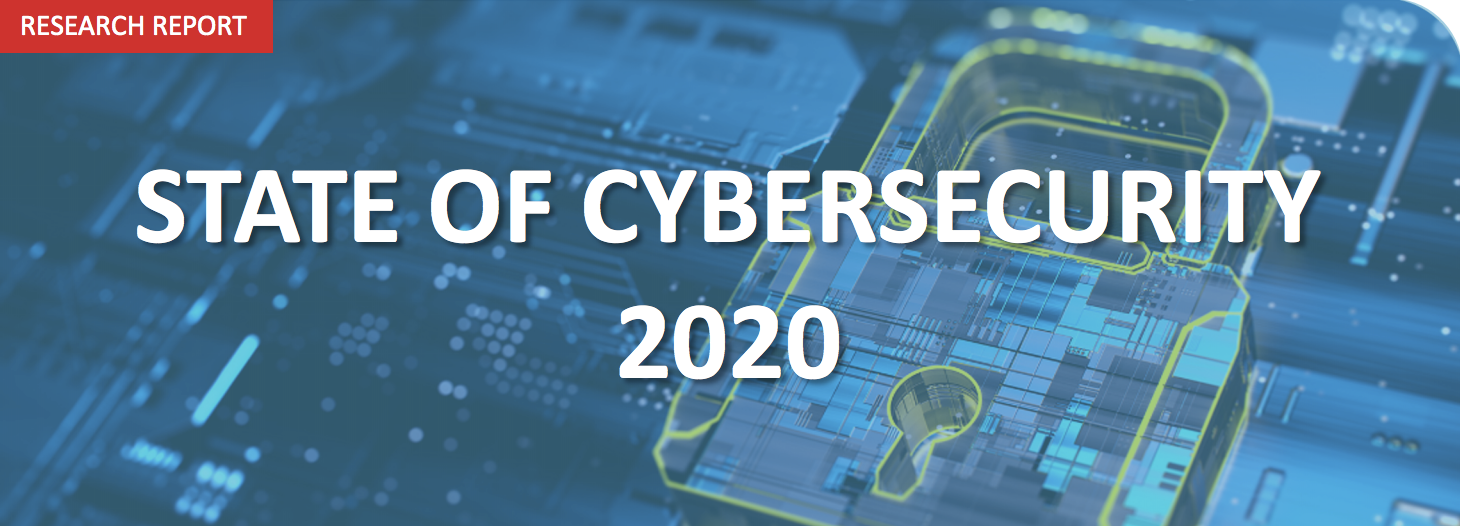CompTIA: Ongoing Vigilance and Improvements Characterize the State of Cybersecurity in 2020

Organizations are building confidence that their cybersecurity practices are headed in the right direction, aided by advanced technologies, more detailed processes, comprehensive education, and specialized skills, new research from CompTIA finds.
Eight in 10 organizations surveyed for CompTIA’s State of Cybersecurity 2020 report said their cybersecurity practices are improving.
At the same time, many companies acknowledge that there is still more to do to make their security posture even more robust. Growing concerns about the number, scale, and variety of cyberattacks, privacy considerations, a greater reliance on data, and regulatory compliance are among the issues that have the attention of business and IT leaders.
Two factors—one anticipated, the other unexpected—have contributed to the heightened awareness about the need for strong cybersecurity measures.
“The COVID-19 pandemic has been the primary trigger for revisiting security,” said Seth Robinson, senior director for technology analysis at CompTIA. “The massive shift to remote work exposed vulnerabilities in workforce knowledge and connectivity, while phishing emails preyed on new health concerns.”
[The Integration Guide to AVoIP]
Robinson noted that the pandemic accelerated changes that were underway in many organizations that were undergoing the digital transformation of their business operations.
A daily selection of features, industry news, and analysis for AV/IT professionals. Sign up below.
“This transformation elevated cybersecurity from an element within IT operations to an overarching business concern that demands executive-level attention,” he said. “It has become a critical business function, on par with a company’s financial procedures.”
As a result, companies have a better understanding of what do about cybersecurity. Nine in 10 organizations said their cybersecurity processes have become more formal and more critical. Two examples are risk management, where companies assess their data and their systems to determine the level of security that each requires; and monitoring and measurement, where security efforts are continually tracked and new metrics are established to tie security activity to business objectives.
The report also highlights how the “cybersecurity chain” has expanded to include upper management, boards of directors, business units, and outside firms in addition to IT personnel in conversations and decisions.
Within IT teams, foundational skills such as network and endpoint security have been paired with new skills, including identity management and application security, that have become more important as cloud and mobility have taken hold. On the horizon, expect to see skills related to security monitoring and other proactive tactics gain a bigger foothold. Examples include data analysis, threat knowledge, and understanding the regulatory landscape.
[The Technology Manager's Guide to the State of AV Over IP]
Cybersecurity insurance is another emerging area. The report reveals that 45 percent of large companies, 41 percent of mid-sized firms, and 37 percent of small businesses currently have a cyber insurance policy. Common coverage areas include the cost of restoring data (56 percent of policy holders), the cost of finding the root cause of a breach (47 percent), coverage for third-party incidents (43 percent), and response to ransomware (42 percent).
State of Cybersecurity 2020 is based on a survey of workforce professionals at 425 U.S. companies conducted in August and September 2020. The complete report is available at comptia.org/content/research/cybersecurity-trends-research.
The AVNetwork staff are storytellers focused on the professional audiovisual and technology industry. Their mission is to keep readers up-to-date on the latest AV/IT industry and product news, emerging trends, and inspiring installations.
